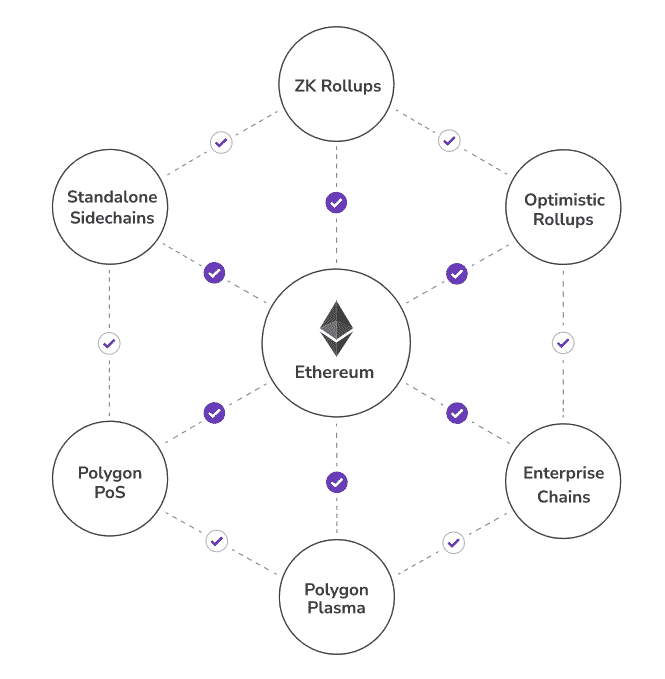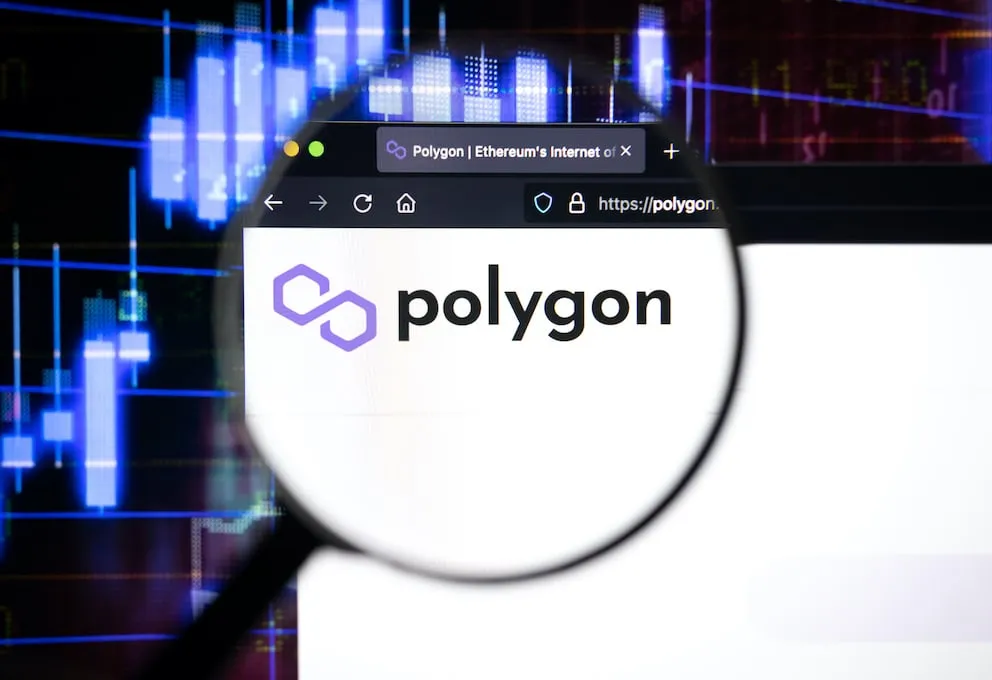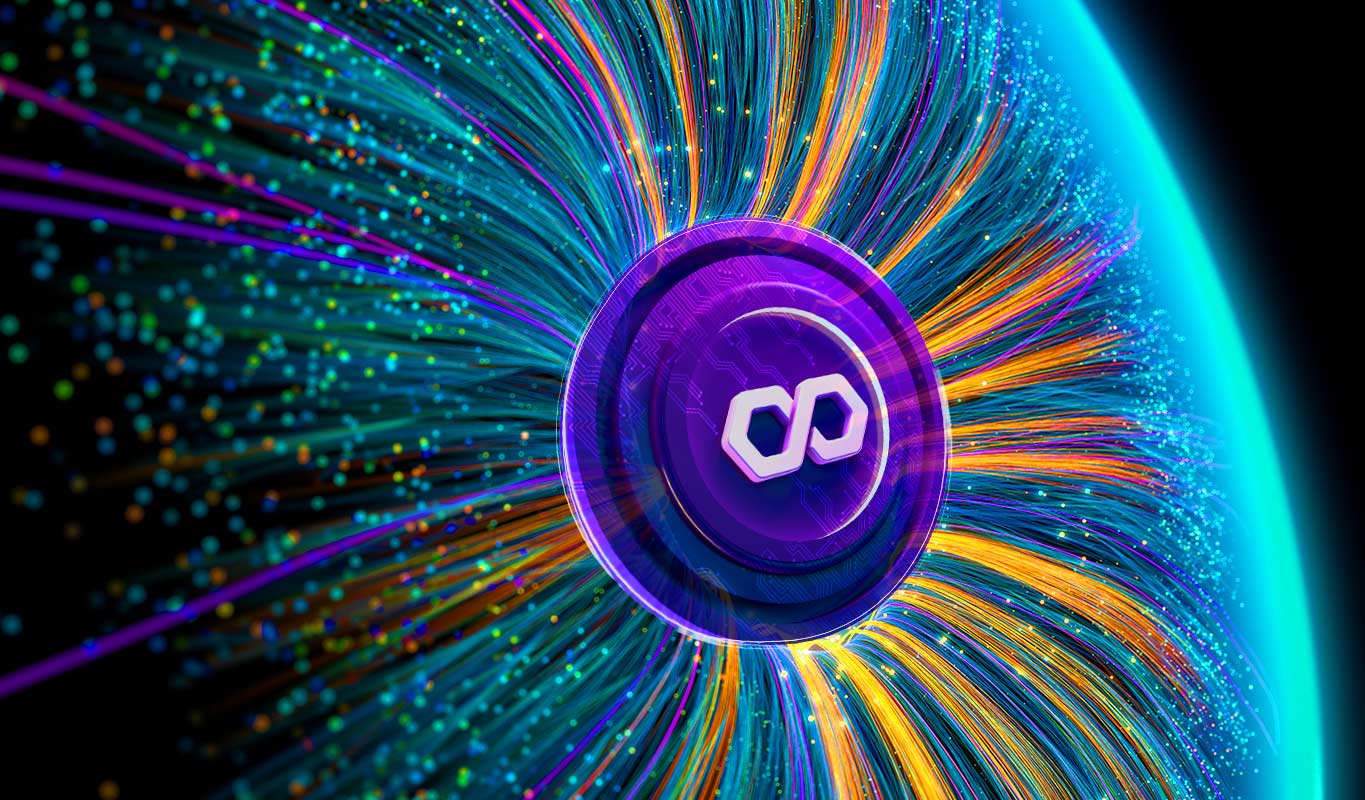
Polygon Overview
Polygon, formerly known as Matic Network, is an interoperability and scaling framework that aims to address some of the limitations of the Ethereum blockchain. Ethereum has gained significant popularity in the blockchain space, but it suffers from certain drawbacks, such as throughput, poor user experience, and lack of community governance. Polygon’s mission is to overcome these limitations and create a more efficient and user-friendly ecosystem for developers and users alike.
Limitations of Ethereum
While Ethereum revolutionized the blockchain industry with its smart contract functionality, it still faces several challenges. One major limitation is throughput, which refers to the number of transactions the network can handle per second. Ethereum’s current network congestion often leads to high gas fees and slow transaction confirmation times.
Another limitation is the poor user experience. Ethereum’s complex and technical interface makes it difficult for average users to interact with decentralized applications (dApps) and smart contracts. This hampers mainstream adoption, as it poses a significant barrier to entry for non-technical users.
Furthermore, Ethereum lacks a clear mechanism for community governance. Decisions regarding upgrades, protocol changes, and resource allocation are often centralized and controlled by a few leading entities. This centralized decision-making process goes against the core principles of decentralization and community-driven governance.

Addressing Throughput Limitations
Polygon addresses Ethereum’s throughput limitations by providing a solution that scales the Ethereum blockchain. It allows developers to launch customizable blockchain networks called “Polygon networks” that are built on top of Ethereum and offer specific functionalities. These networks can be tailored to handle different transaction volumes and computational requirements, increasing the overall throughput of the ecosystem.
By creating such interoperable networks, Polygon enables small transactions to be settled on these chains, reducing the load on the Ethereum mainnet. This approach offloads a significant portion of the network traffic, resulting in improved throughput and faster transaction confirmations. Users can enjoy a seamless experience with reduced gas fees and faster transaction execution.
Polygon’s Approach to Improving User Experience
In addition to addressing throughput limitations, Polygon also focuses on enhancing the user experience of interacting with blockchain applications. Polygon achieves this through its user-friendly interface and integration with existing Ethereum tools and resources.
With Polygon, developers can seamlessly deploy their Ethereum-compatible dApps on the Polygon networks. Users can access these dApps using their existing Ethereum wallets and tools, without the need for any additional setup or learning curve. This streamlined experience makes it easier for users to explore and engage with decentralized applications, making blockchain technology more accessible to a wider audience.
Introducing Community Governance to Ethereum
Recognizing the importance of decentralized decision-making, Polygon introduces community governance to the Ethereum ecosystem. The MATIC token, which serves as the native token of the Polygon ecosystem, plays a crucial role in this governance mechanism. MATIC token holders have the power to vote on proposals, upgrades, and significant changes to the network.
This community-driven governance empowers the users and stakeholders of the Polygon ecosystem to collectively decide on the future direction of the project. It ensures that decision-making power is distributed among the community and promotes a more transparent and inclusive approach to blockchain governance.
Launching Customizable Blockchain Networks
One of the key features of Polygon is its ability to launch customizable blockchain networks. Developers can leverage this capability to tailor their blockchain networks to meet their specific requirements and functionalities. They can define the transaction throughput, computational capabilities, and consensus mechanisms of their networks, enabling them to create efficient and scalable solutions.
These customizable blockchain networks offer flexibility and versatility to developers, empowering them to build applications and services that cater to diverse use cases. This approach encourages innovation and allows developers to explore new possibilities within the blockchain ecosystem.

Understanding Polygon’s Architecture
Polygon’s architecture is designed to provide a scalable and interoperable framework for Ethereum-compatible blockchains. It consists of several layers that work together to create a seamless experience for developers and users.
The first layer is the Ethereum layer, which serves as the foundation for the entire ecosystem. It ensures compatibility with the Ethereum Virtual Machine (EVM) and enables smooth integration with existing Ethereum tools and resources.
The security layer is responsible for the overall security of the Polygon ecosystem. It incorporates various security mechanisms, including optional shared security, to ensure the integrity and trustworthiness of the network.
The Polygon networks layer is where the customizable blockchain networks are launched. These networks can be optimized for specific use cases and provide the required scalability and functionality.
Finally, the execution layer handles the execution of smart contracts and transactions within the Polygon ecosystem. It leverages various scalability technologies, such as POS Chain, Plasma Chains, ZK-rollups, and optimistic rollups, to enhance the throughput and performance of the network.
Interconnected Landscape of Blockchains
Polygon aims to create an interconnected landscape of blockchains, where different chains can plug into a common hub and leverage each other’s strengths. This interoperability allows the transfer of assets and data across different blockchains, enabling developers to build cross-chain applications and services.
By connecting various blockchains, Polygon overcomes the limitations of individual chains and harnesses the collective power of the entire ecosystem. This approach promotes collaboration and enables blockchain networks to work together seamlessly, expanding the possibilities of decentralized applications and services.
Scalability Technologies Implemented by Polygon
To address the scalability challenge of the Ethereum network, Polygon incorporates various scalability technologies into its framework. These technologies include POS Chain, Plasma Chains, ZK-rollups, and optimistic rollups.
POS Chain, or proof-of-stake chain, is a scalable second-layer solution that operates on top of Ethereum. It uses a consensus mechanism based on staking and ensures faster confirmation times and lower fees compared to the Ethereum mainnet.
Plasma Chains are another scalability solution that leverages Ethereum’s Plasma framework. They allow for the creation of child chains that can process a high volume of transactions and settle them on the Ethereum mainnet periodically.
ZK-rollups, or zero-knowledge rollups, are a technology that combines the scalability of rollups with the privacy and security of zero-knowledge proofs. They enable a significant increase in transaction throughput while maintaining the trust and privacy of the underlying blockchain.
Optimistic rollups are a layer 2 scaling solution that enables faster and cheaper transactions by batching multiple transactions into a single proof. They achieve scalability by optimizing the way transactions are processed and verified.
By implementing these scalability technologies, Polygon significantly improves the performance and scalability of the Ethereum network, making it more capable of handling large-scale applications and high transaction volumes.
Competition with Blockchain Interoperability Projects
Polygon faces competition from other blockchain interoperability projects like Polkadot and Cosmos. These projects also aim to create an interconnected ecosystem of blockchains and overcome the limitations of individual chains.
Polkadot, for example, provides a scalable framework for creating and connecting multiple blockchains in a heterogeneous manner. It focuses on interoperability between blockchains with different architectures and consensus mechanisms.
Cosmos, on the other hand, offers an interoperability protocol that enables independent blockchains to communicate and interact with each other. It aims to create an internet of blockchains, where different chains can seamlessly exchange assets and information.
While all these projects share the goal of blockchain interoperability, each has its unique approach and features. The competition among these projects drives innovation and pushes the boundaries of what is possible in the blockchain space.
In conclusion, Polygon is a comprehensive interoperability and scaling framework that addresses the limitations of the Ethereum blockchain. With its focus on throughput improvements, user experience enhancements, community governance, and customizable blockchain networks, Polygon aims to create a more efficient and user-friendly ecosystem. By incorporating various scalability technologies and promoting blockchain interoperability, Polygon aims to position itself as a prominent player in the blockchain industry and drive the adoption of decentralized applications and services.
- SEO Powered Content & PR Distribution. Get Amplified Today.
- PlatoData.Network Vertical Generative Ai. Empower Yourself. Access Here.
- PlatoAiStream. Web3 Intelligence. Knowledge Amplified. Access Here.
- PlatoESG. Automotive / EVs, Carbon, CleanTech, Energy, Environment, Solar, Waste Management. Access Here.
- PlatoHealth. Biotech and Clinical Trials Intelligence. Access Here.
- ChartPrime. Elevate your Trading Game with ChartPrime. Access Here.
- BlockOffsets. Modernizing Environmental Offset Ownership. Access Here.
- Source: https://cryptocoin.news/technology/polygon-addressing-ethereums-constraints-93200/?utm_source=rss&utm_medium=rss&utm_campaign=polygon-addressing-ethereums-constraints




